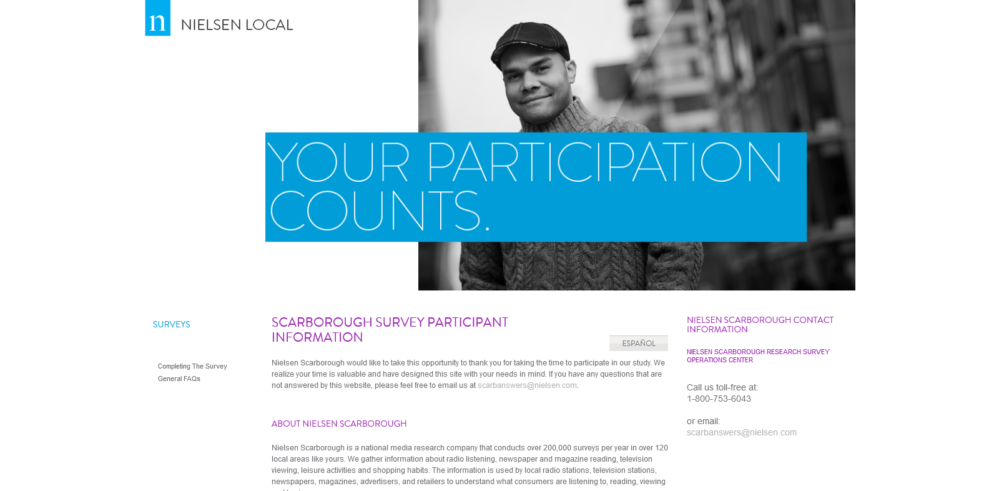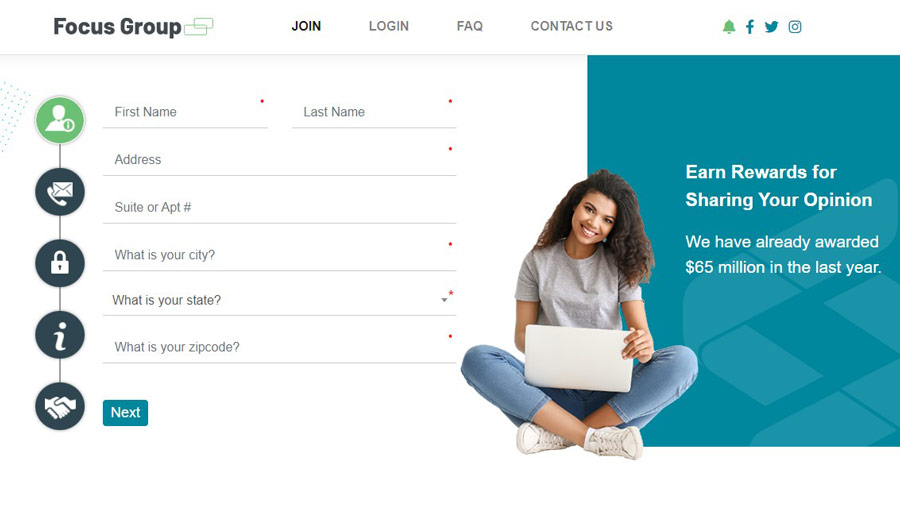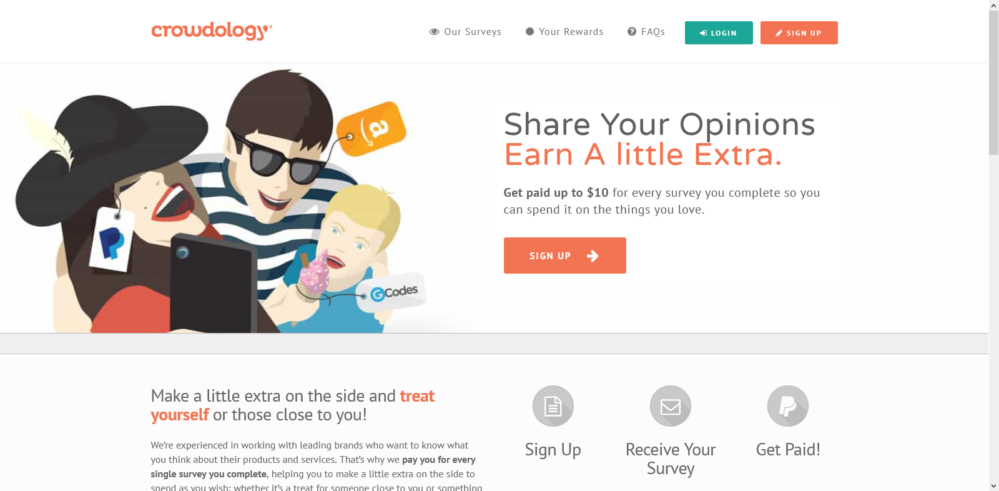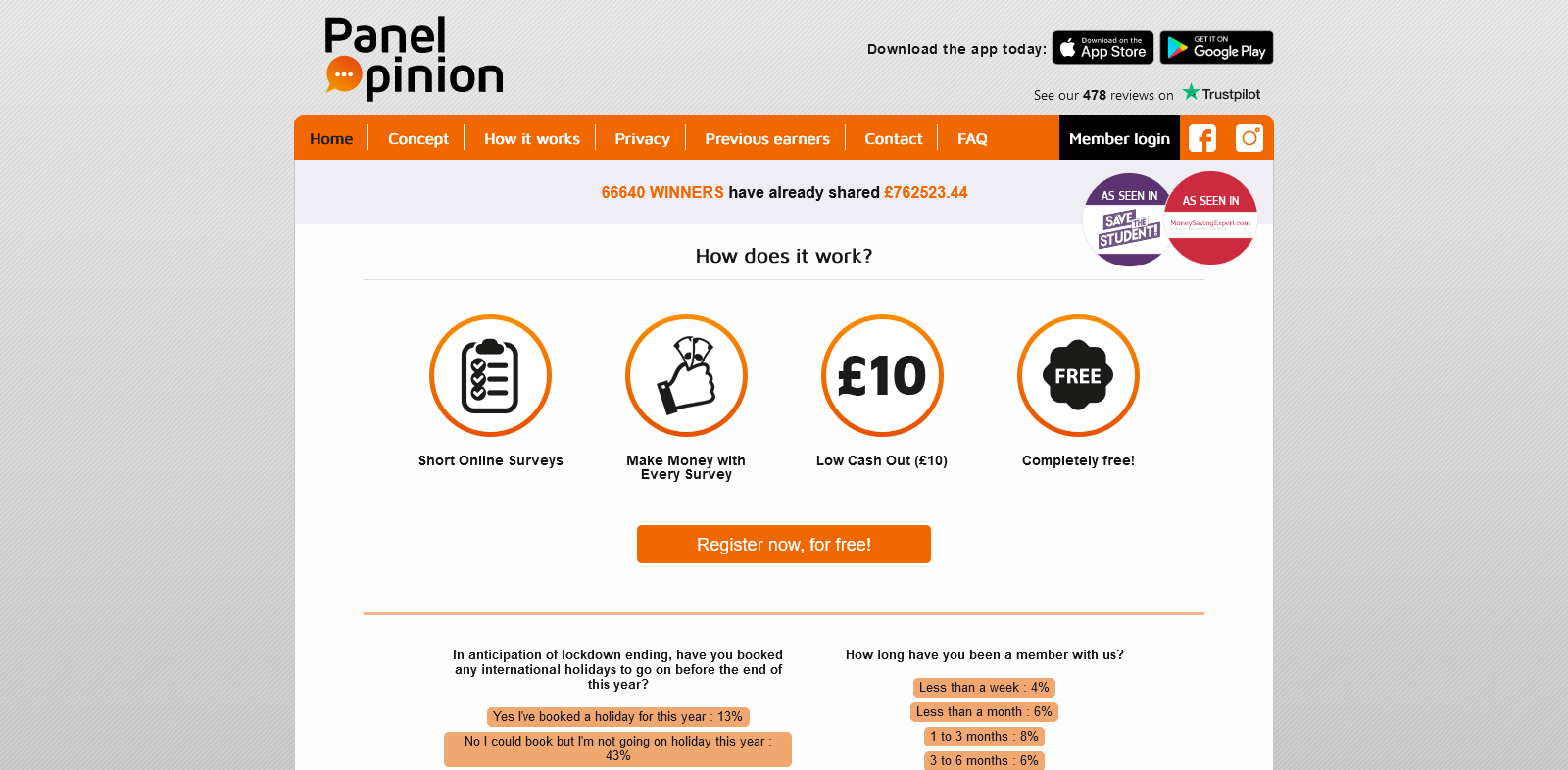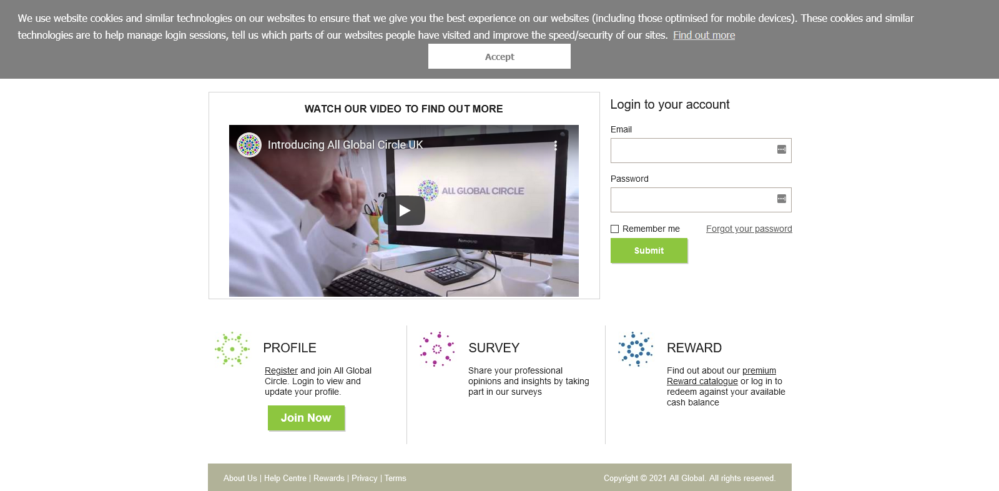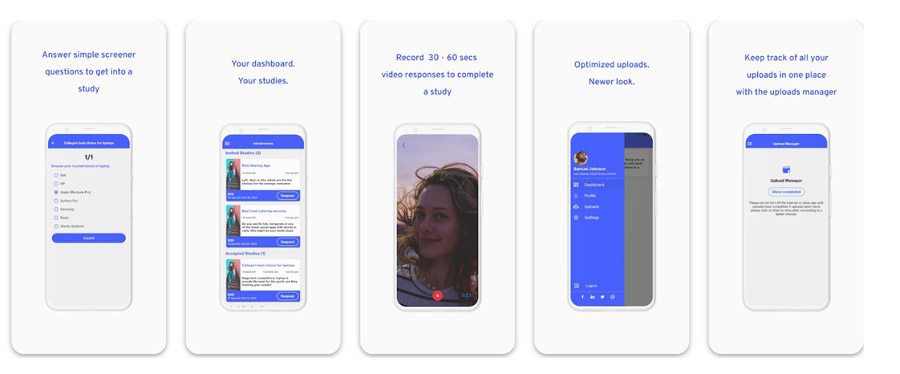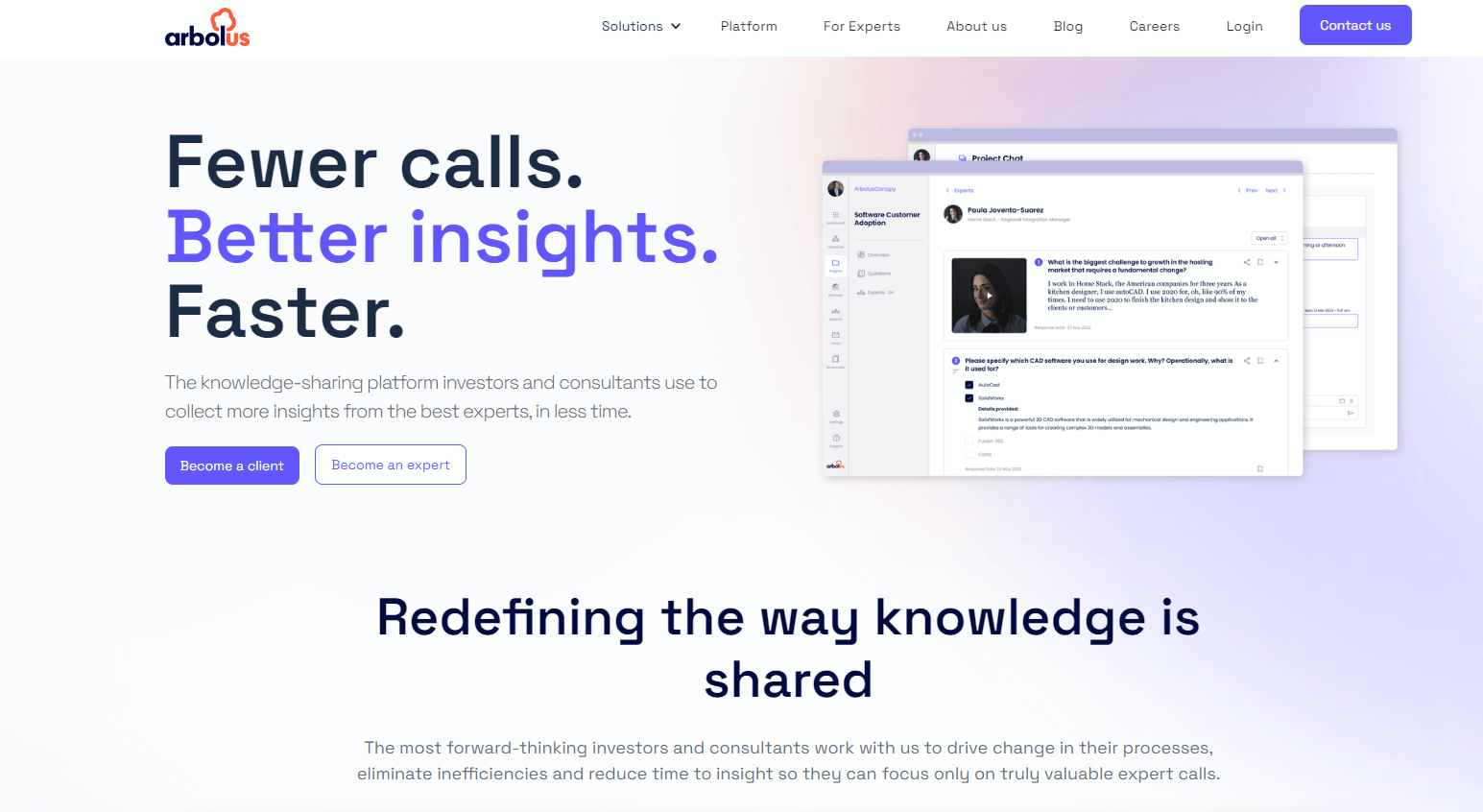Telephone Surveys
Computer-assisted telephone interviewing (CATI), also referred to as telephone polling or simply telephone surveys, is one of market research’s most used data collection methods. Telephone surveys are conducted over the telephone instead of other methods, such as online surveys.
What is CATI or telephone surveys?
CATI is a technique that allows interviewers to read a script on a computer. The answers from the respondents are then typed into a computer database. This technology also allows survey writers to use advanced logic embedded in the scripts. In this way, CATI allows for an in-depth, unbiased analysis of targeted respondents without the risk of human error or misunderstanding.
Benefits of participating in telephone polling and CATI:
- Contribute to public opinion: Telephone polling is a way for individuals to express their views and opinions on various issues, which can help shape public opinion and inform decision-making in politics, business, and other areas.
- Be part of the conversation: Telephone polling can help people stay informed about current events and issues and allows them to participate in public discourse.
- Help organizations and researchers: Telephone polling data is often used by organizations, researchers, and government agencies to make decisions, create policies, and conduct research.
- Influence policies and politics: Participating in telephone polls can help influence the political process and help ensure that elected officials are held accountable.
- Win prizes or earn money: Some telephone polls may offer incentives such as cash or gift cards for participating.
- Help others: Some telephone polls may be for charitable or nonprofit organizations, and your participation can help support their mission and help people in need.
Is the polling company legitimate?
It’s important to remember that not all polling calls are legitimate. You should be cautious of calls that ask for personal information or money. If you are unsure about a call, you can always hang up and research the company or organization on HuginX to confirm whether they are legitimate.
Telephone and polling providers:
Showing 1–16 of 19 results

